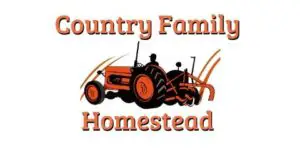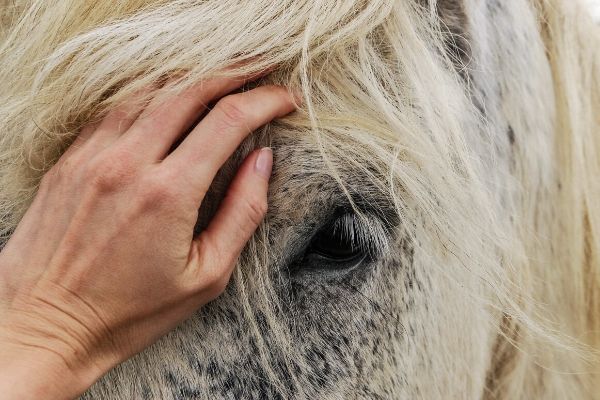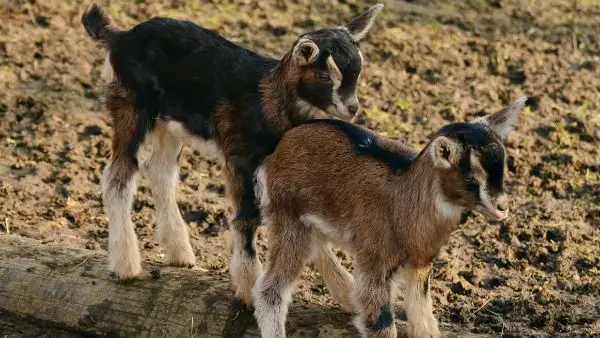Often, people confuse a homestead with a farm because they are centered around similar practices and models. Many if not most activities that occur on one also happen on the the other. In general terms though there are some differences between the two.
What is the difference between a homestead and a farm? A farm generates money by selling their products, whether they be from livestock or from land. On a homestead, you cultivate your own land with more of a purpose to become self-sufficient and live off of the land, less so to sell products.
Homesteaders will often raise livestock or plant crops to then harvest and consume, while farmers grow crops or raise animals for sale. The primary difference here is not the activity but the motivation. In this article we will talk more in depth about the differences between these two systems as well as how to get involved in them. From buying land to the different kinds of agricultural systems you can get involved in in both farming and homesteading.
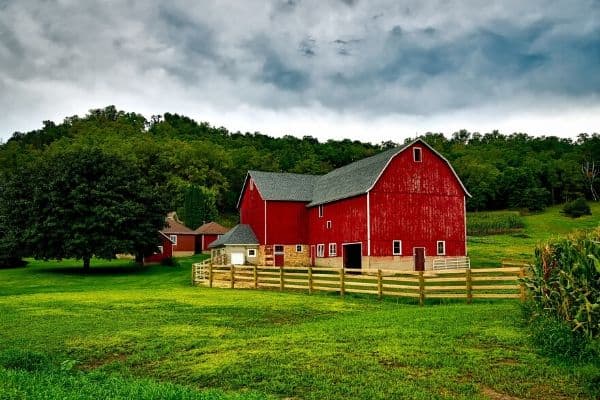
Homestead vs. Farm
As previously mentioned, the primary difference between a homestead system and a farming system is the intention behind producing food yields. However, this is not a small difference as there are a number of intricacies within this primary distinction.
Farming
When searching for the definition of a farm, the primary results usually include:
- Land cultivated for agricultural production
- Land used for the breeding and raising of domestic animals
- An area of water used for the breeding and raising of a particular type of aquatic animal
As these definitions state, a farm system is centered around production and accumulating funds to continue being able to produce. It is an ongoing cycle that is reliant on consumers financially supporting it by buying products so that the farm can continue planting or raising animals to then sell back to consumers.
While farms are often sustainable, they tend to focus on the most conventional farming methods to increase profit, first and foremost. Since generating income is the primary goal, sustainability can get put on the back burner and creativity in farming methods can be diminished.
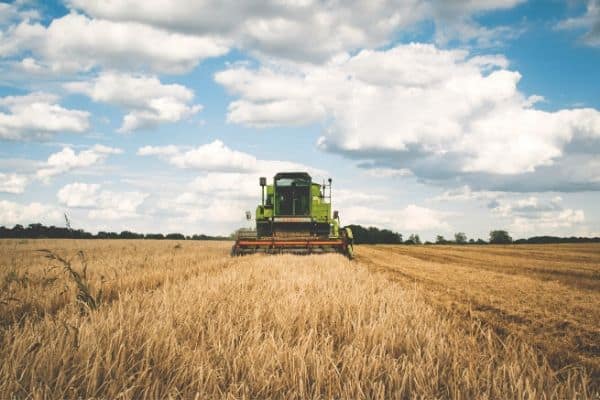
Another characteristic of a farm is that farms will often times specialize in a certain type of agriculture such as strictly cash crops like corn, beets, and beans, or strictly beef cattle with supporting feed crops. Dairy farms will usually only raise dairy cows and grow food to support them.
This tendency to special is due to the cost of specific equipment needed to scale up that particular operation. To be profitable means finding a balance between cost of equipment, supplies, labor and the maximum scale of the operation that can be accomplished with those available resources.
Homestead
When searching for the definition of the term homestead, the primary results include something like this:
- A family’s house, especially a farmhouse, with adjacent buildings and surrounding land
- A tract of land granted, as under the Homestead Act, to a settler who cleared, cultivated, and lives on it.
Based on these definitions, especially the first one, many farms would also be considered homesteads based on the infrastructure on the farmland. This is why the differentiation of selling products and generating an income off of the system is critical to be able to properly distinguish between these systems.
“The most identifying characteristic of a homesteader in my opinion is the desire to be as self-sufficient as possible.”
Corey Sitkowski
The primary purpose of a homestead is usually to live in a self-sufficient system where you are supporting yourself off of your own land. Therefore, raising food animals, growing crops, and caring for your land so that you are able to harvest and eat solely your own products.
Often, if you operate a homestead you will sell some products because there is sometimes an abundance when crops come into season, but the sale of these products is not the goal and intention behind having a homestead. Oftentimes, these systems are based on the ideals of wanting to consume organic and sustainably farmed foods.
A homestead generally takes sustainability more seriously than farms do and try to take advantage of all land and resources to maximize outputs and take care of the earth to ensure they can continue producing at an abundant rate.
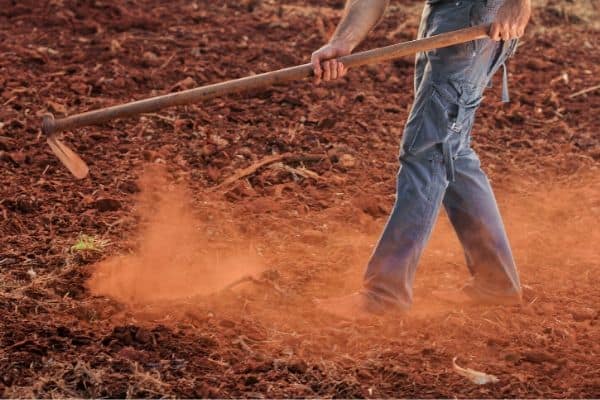
The most identifying characteristic of a homesteader in my opinion is the desire to be as self-sufficient as possible. Whether this means only having a small garden, a few fruit trees, and a couple chickens to offset some of your food needs on a couple acres or raising enough food to completely feed your family for the entire year by raising beef cattle, dairy goats, meat chickens or ducks, and growing enough food to feed all the livestock and yourself.
Buying Land
If you are looking to start a homestead or a farm, the first step is always going to be acquiring land. Generally, unless you live on a huge plot of land, you will need to find land that is available for purchase that will be suitable for your needs.
The first step is to identify the purpose of the land. First, whether you’re going to have a fully operating farm or if you are going to start a homestead for your personal gain. These are important considerations because the land you buy is going to differ depending on the crops you are looking to grow on the land or the livestock you are going to have living on the land.
Livestock
If you are hoping to have livestock there are a lot of things to consider since animals need a variety of resources, similarly to humans, to survive. First, you need to consider the vegetation on the land and the kind of animal you are going to be placing there. For most livestock they will need space to graze which requires fields or pasture.
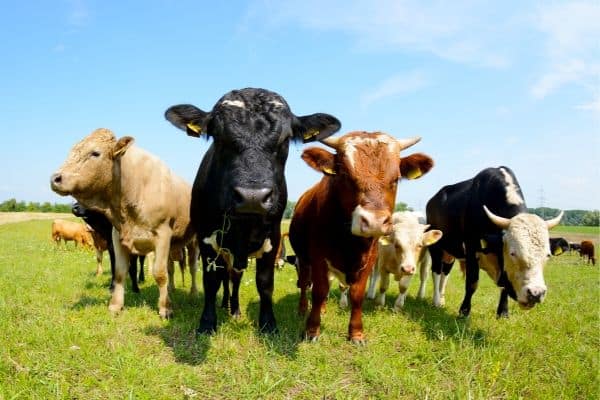
Take a look at the pastures and see the kinds of plant life that are in the area. If you do not have good quality forage, you will need to buy additional feed which will cost you more money. Among the best forage types for cattle, horses, sheep, and goats, includes:
- Grasses such as timothy, bluestem, ryegrass, orchard grass, switch grass, etc.
- Legumes such as alfalfa, clover, peas, and birdsfoot trefoil.
- Forbs such as chicory, kale, rape, radishes, and turnips.
If the land you are looking at has these plant types, this is likely going to be a good place for livestock to forage. If the pasture has grown over with less desirable plants then you will have to figure in the cost of working the pasture and replanting. If possible, try to look for land that has soil that isn’t too rocky as this can be hard on equipment when you do have to replant the pasture.
If the ground is bare and there are no water sources nearby, this may not be a good space to keep animals. Be sure to ask the seller what the land was previously used for. If they have used a lot of pesticides in the region prior to selling, this may be a bad place to have livestock grazing depending on the herbicide used.
Additional Considerations for Livestock
Additionally, for any species, you will need to build some kind of infrastructure for them. Whether it be a barn, outdoor fencing, or both, you need to have the space to expand in that way and provide the animals with the shelter they need.
You will also need equipment that may take up space. Often, you will need stalls for veterinary exams and vaccinations, you may need an area for milking if you intend to produce dairy on your farm, and you will need the necessary equipment if you intend to operate a farm that will include slaughter of animals.
Along with housing animals, you will need a trailer/means of transporting your animals. Additionally, irrigation will need to be set up and you will need to look at what is in the surrounding area of the land to ensure you are not contaminating any protected land or water sources with manure and waste.
The size plot you will need will differ greatly depending on the kind of farm you are looking to operate, if you are planning to raise cattle you will need at least 1.5 to 2 acres per head. Therefore, the more animals you have on your land, the more money you will need to spend on a larger plot of land to house them.
Perhaps a better way of planning, is to set a budget for how much you are willing to spend on your land, then once you have purchased land you can calculate the number of animals you can have according to safety and welfare needs. Your budget should include how much you project to make, based on the current prices of the products you will be selling.
Crops
The same process for choosing land for animals is applicable for choosing land for crops. The first thing you will need to consider is the kind of crops you want to have on your farmland. This will determine the kind of space you will need and the kind of irrigation system you will need to set up.
Infrastructure for crops is going to differ depending on what you grow; however, if you are planning to grow something like grain, or want to make silage, you will need a silo on your property. Silage is a feed type that is fermented in a silo, and grains are going to stay fresher longer and avoid being eaten by critters when housed in a silo.
Soil type is another major consideration when planning to plant crops. If you have bad soil composition, you will not yield very successful crops. You can ask the seller for a recent soil test, or arrange for a laboratory to analyze the soil before you choose the land to ensure it is right for your needs.
If you are not overly familiar with soil science, loam is going to be the best soil type for farmers. This is mainly because it holds water well. Unlike clay soil, which holds too much water and sand, which does not hold enough water for crop growth. If the land you are looking to buy does not have loam soil, reconsider this region.
Know Your Land
Similarly to livestock, be sure to ask what the land was previously used for. If they have planted a certain crop in the past, there are crops that will not grow well on that land. For example, land that was used to grow beans will not be effective in growing lentils, but would be a good place to grow tomatoes.
Plan your acreage based on how many different kinds of crops you want, and how much room each one is going to take. Once again, having a budget in mind will be helpful going into this process to narrow down the farmland you can realistically afford.
Other Considerations
Buying land for a homesteading operation may focus on other things such as the size of the house on the land, proximity to good schools, how much infrastructure is in place already to get up and running quickly. Generally a homestead needs much fewer acres than a farming operation.
When you are considering your budget for your farmland, be sure to consider the property tax and the money it is going to take for you to keep up with the space. Upkeep and maintenance of a farm increases with the acreage.
If you are not familiar with looking for plots of land, consider utilizing a realtor who has experience with rural properties and farmland as they can help you better understand each stretch of land and the issues you may come into.
Whenever you are buying land, consider your location carefully. Weather in the area you are looking in can be a huge help to your farm or can be detrimental. This goes for both livestock farming and crop farming.
If you are in an area that is prone to fires, you may lose all of your crops to fire destruction. If you are in a really cold climate, you will need to put extra resources into your barn to ensure it is protected from the elements sufficiently and that you have spaces that animals can come to to get out of snow or rain to keep dry.
Tornadoes, floods, and other natural disasters can have devastating impacts on farms of all kinds and can result in you losing a lot of money. Consider this factor when you are deciding where you want to buy land to avoid any unexpected setbacks.
Finally, before buying any land you should be sure to get in touch with the county courthouse or township office and check to make sure the land is not zoned for anything besides farmland. If you do not check to ensure you can run a farm on this land you may come into a lot of trouble down the line and again, lose a lot of money.
Check out this video from Guildbrook Farms on how the mistakes of not checking the legalities of livestock in your area can cost you.
History of the Previous Land
On top of knowing the history of the land, you will want to determine ownership of the gas, mineral, and wind rights. If the space has any turbines or mineral farming, who owns the rights to this? Be sure to ask the realtor or seller about this. Ideally, the rights will be transferred to you when you buy the land; however, this does not always happen.
If the rights are owned by somebody else, be sure you’re happy with the agreement before settling on this plot of land. Additionally, find out how much revenue this farm was making before they decided to sell. If they were not making money and that is why they are closing down, the odds of you making money are low.
You can find out how much the farm was making by talking to the farm service agency in your area and view the past records. Finally, before buying the land, be sure you check for any infrastructural damage and have the property inspected and appraised.
To get land appraised it is going to cost you between $300 and $400, and for inspection between $200 and $400. However, by determining the value of the land you may save money in the long run by opting to hire someone for this job.
So, What Do You Need to Start Up?
Whether you are hoping to start your own farm, homestead, or are just curious to learn more, the process of obtaining land and starting your system is going to be the same whether you are after a farming model or homestead model. Buying land and setting up your crops or livestock is going to be consistent as you will often look for the same resources when starting out.
Although many who run a homestead will opt for a more sustainable farming method, this will not make any difference when you are setting up your agricultural system. You should still be sure to ask questions of the seller, seek help from a realtor, and test the soil.
Be clear on your budget and the amount of money you will make off of your system to be sure about how much you are able to spend on the original purchase of land, building of infrastructure, and buying of the crops, animals, and machines you need for your working land.
Once you have set up your system, the only way you will be able to differentiate yourself between a farm and homestead is what you do with the outputs you are creating. If your primary purpose is sale of your meat, dairy, or crops, then you are running a farm first and foremost.
If you are primarily using your meat, dairy, and crops for your intake and use the system as a substitute for having to buy such fresh food at the grocery stores, then you are a homestead. With that said, if you do have a homestead, that does not mean you are unable to sell your items.
Many homesteads do sell some of their items due to an abundance. This is especially common If you are farming crops that all get harvested around the same time, or if you have a huge abundance of your crops. If you harvest your crops and have left over foods that you sell, you would still be considered a homestead because the primary purpose of your farm is not for profit.
Wrapping Up
Whether you are working for yourself or for profit, keep in mind that sustainable farming methods are going to be extremely important in maintaining the health of your land, animals, and food sources. Be sure you are not contaminating your land or nearby lands with pesticides, runoff, or other unsustainable farming methods.
By keeping sustainability as the center of your methods, you will be sure to have a healthy output of food every harvest.
